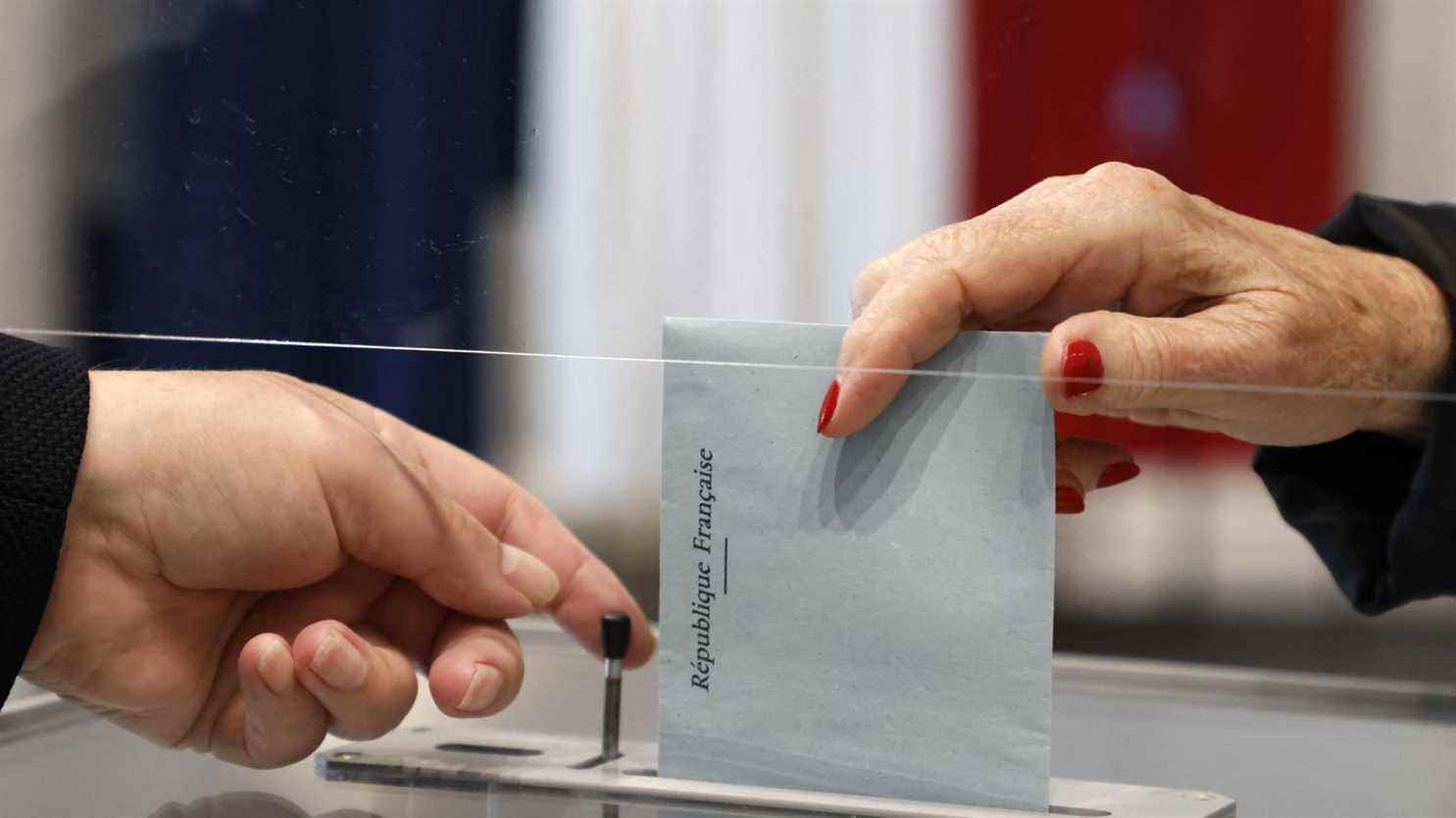“We have two qualified candidates, Emmanuel Macron and Marine Le Pen, this is the most important point to underline”, analysis, Saturday March 12 on franceinfo Brice Teinturier, Deputy CEO of Ispos. The institute publishes a barometer for franceinfo and Le Parisien / Today in France which gives the head of state 30.5% of voting intentions in the first round of the presidential election, and Marine Le Pen 16%. “It’s a bit like going back to the situation before the designation of candidate LR”, believes Brice Teinturier.
franceinfo: Poll after poll, one thing hasn’t changed, it’s the poster for the second round between Emmanuel Macron and Marine Le Pen…
Brice Dyer: This is the major and principal lesson. We have two qualified, Emmanuel Macron and Marine Le Pen at 16%, who distance Eric Zemmour a little more and even more Jean-Luc Mélenchon who is at 12%. It’s a bit like going back to a situation before the designation of candidate LR. In December, at the beginning of January, the three-way match was profiled with Valérie Pécresse, there no, we come back to something that seems more closed.
There is this rise of Jean-Luc Mélenchon. Can he rise to the level of Marine Le Pen?
Jean-Luc Mélenchon took the leadership in the space of the left, it is absolutely indisputable and in a rather regular way. When you look at the trend, six or eight months ago we had Yannick Jadot in front, slightly ahead of Jean-Luc Mélenchon. And Yannick Jadot has continued to decline.
Jean-Luc Mélenchon was at the very beginning at 8.5%, now at 12. Can he go further? Yes, as long as the campaign is not over.
Brice Teinturierat franceinfo
But there is a difficulty that was not present in 2017, which is the presence of a communist candidate, Fabien Roussel, at 3% in our survey, and these are voters who, for a good part of them, had voted for Jean-Luc Mélenchon in 2017. Out of 100 voters of Jean-Luc Mélenchon in 2017, 10% vote for Fabien Roussel, which is not negligible.
Will participation continue to decline, as has been the case since 2017?
We have a participation index that would be more or less two points around 67%. Abstention could therefore exceed 30%. As a reminder, it had been 22% in 2017. It may decrease, we are almost at the start of the electoral campaign, which is struggling to get started. So we can hypothesize that participation will increase.
